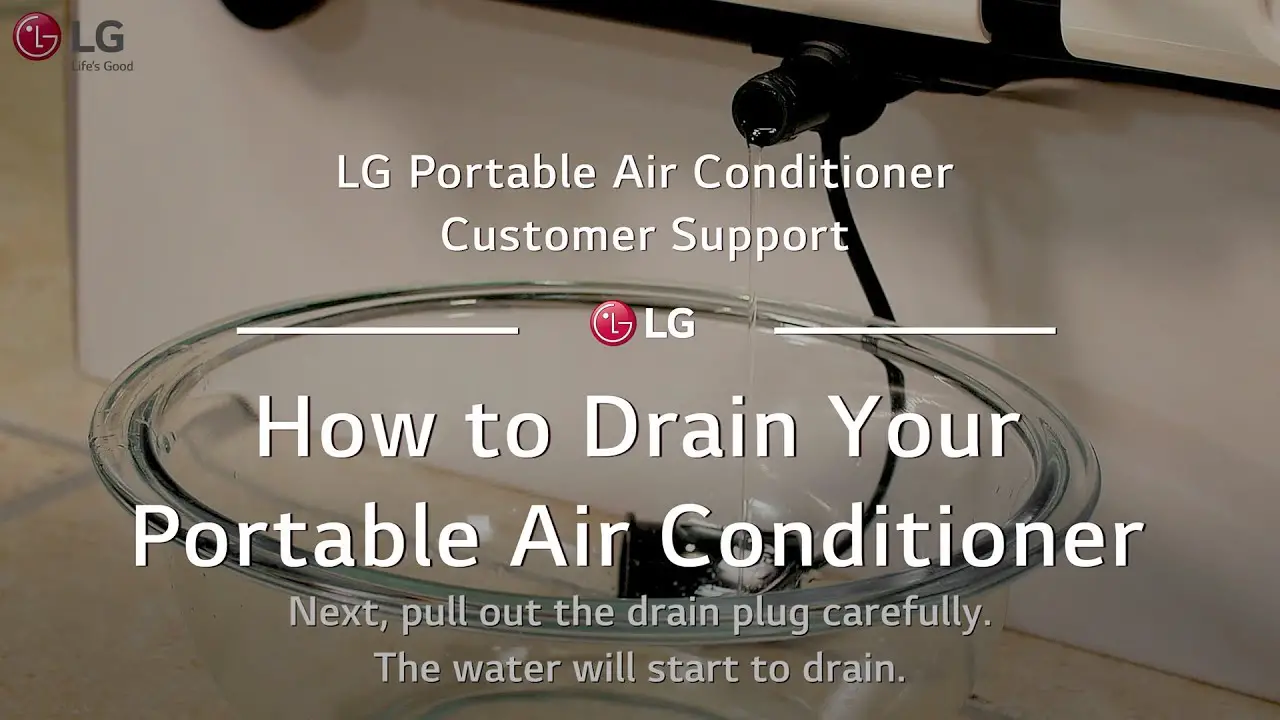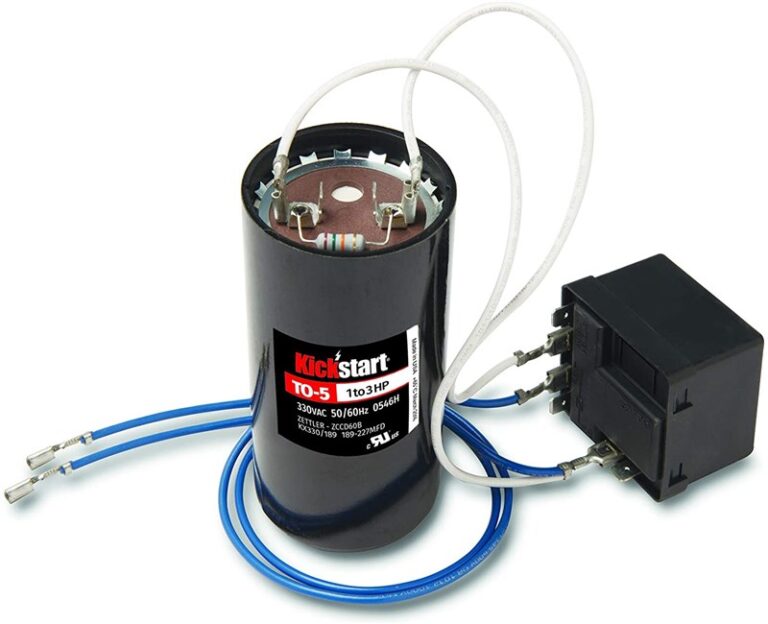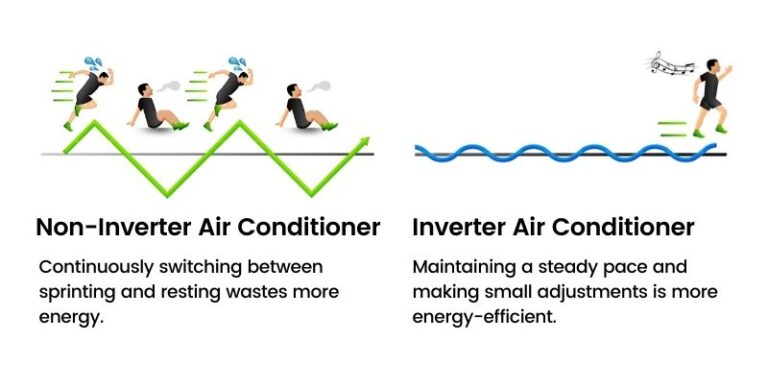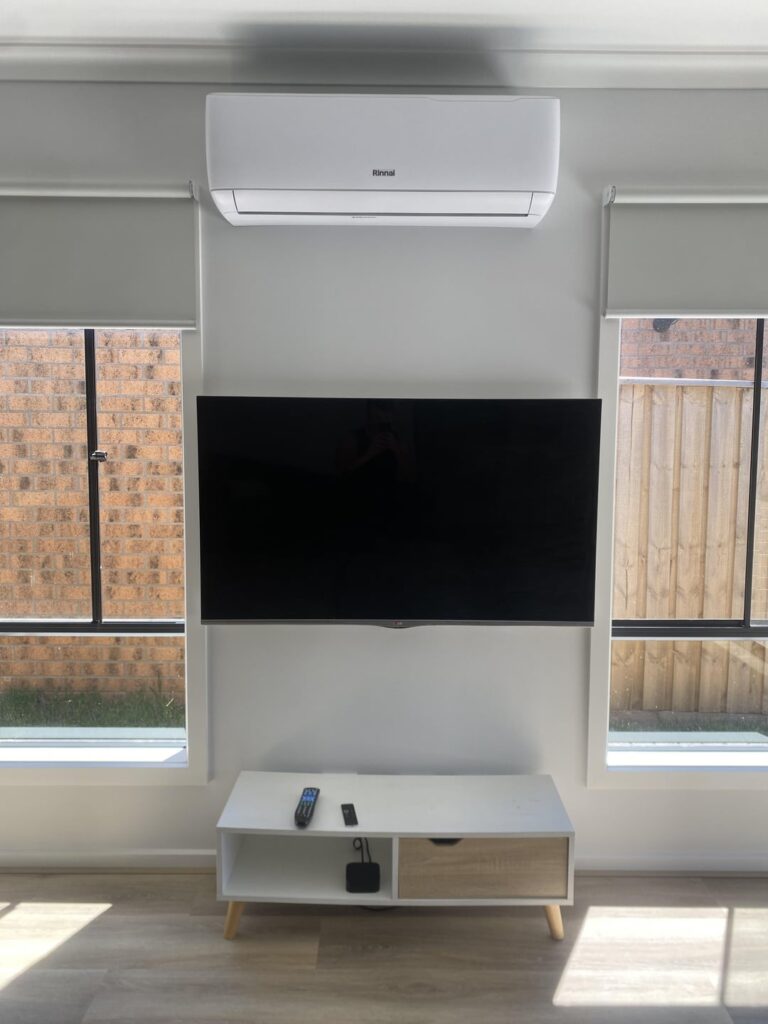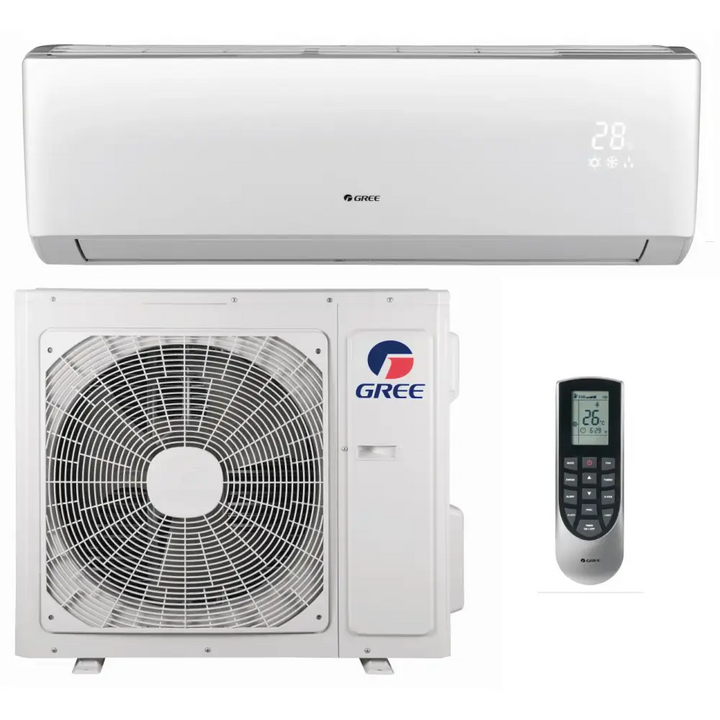Do I Need To Drain My LG Portable Air Conditioner? Expert Tips
You might need to drain your LG portable air conditioner if it’s not self-evaporating. Check the manual for specifics.
LG portable air conditioners are a popular choice for their ease of use and efficiency. These units often come with a self-evaporating feature, which reduces the need for manual draining. However, in high-humidity areas or after extended use, water may still accumulate in the tank.
Regular maintenance ensures optimal performance and longevity of your appliance. Always refer to the user manual for detailed instructions on draining and maintaining your specific model. Proper care can prevent issues and keep your air conditioner running smoothly. Understanding your unit’s requirements helps in managing it effectively.
Common Features Of LG Portable Air Conditioners
LG portable air conditioners come with many handy features. These features make them efficient and easy to use. Below, we explore some of these common features.
Built-in Drain Systems
Many LG portable air conditioners have built-in drain systems. These systems help manage water collected from the air. This feature can be very useful in humid conditions.
Instead of manually emptying water, you can use a drain hose. This hose connects to the unit, allowing continuous drainage. This can save you time and effort.
| Feature | Benefit |
|---|---|
| Built-in Drain System | Easy water management |
| Drain Hose | Continuous drainage |
Self-evaporating Technology
Another great feature is self-evaporating technology. This technology reduces the need to drain water manually. The unit evaporates most of the moisture collected from the air.
This feature is especially useful in dry climates. It can also reduce maintenance efforts. You won’t need to empty water tanks often.
- Less manual draining
- Efficient in dry areas
- Reduces maintenance
These common features make LG portable air conditioners a good choice. They offer convenience and efficiency. Always check the specifications for your specific model.
How Drainage Systems Work
Understanding how drainage systems work in your LG portable air conditioner is crucial. Proper drainage ensures optimal performance and longevity. Here, we explore the primary drainage methods: gravity drainage and manual drainage.
Gravity Drainage
Gravity drainage relies on gravity to remove water from your air conditioner. The unit must be placed at a higher level than the drainage point. This method requires minimal effort once set up correctly.
To use gravity drainage, connect a hose to the drainage port. Ensure the other end of the hose leads to a suitable drainage area. Be sure the hose is free from kinks and blockages.
| Pros | Cons |
|---|---|
| No manual intervention needed | Requires proper setup |
| Continuous drainage | Needs a suitable drainage point |
Manual Drainage
Manual drainage involves removing water from the unit by hand. This method is straightforward and does not require extra setup. However, it does require regular attention.
To manually drain your air conditioner, follow these steps:
- Turn off and unplug the unit.
- Place a shallow pan under the drainage port.
- Remove the drain plug and allow water to flow out.
- Replace the drain plug once the unit is empty.
Manual drainage is ideal if you cannot set up a gravity drainage system. It ensures your air conditioner stays efficient without needing additional accessories.
| Pros | Cons |
|---|---|
| Simple to implement | Requires regular attention |
| No extra setup needed | Potential for spills |
Signs Your Unit Needs Draining
Knowing the signs your unit needs draining can save you from damage. It also ensures your LG portable air conditioner runs smoothly. Below are the key signs to watch out for.
Water Leaks
If you notice water leaking from your air conditioner, it’s a clear sign. Leaks usually mean the water tank is full. Draining the unit helps stop leaks and protects your floors.
Error Codes
Your LG portable air conditioner may show error codes on the display. These codes often mean the water tank is full. Check your user manual for specific codes. Draining the tank usually solves this issue.

Credit: www.youtube.com
Step-by-step Drainage Process
Draining your LG portable air conditioner is essential for its performance. Follow these simple steps to keep your unit running efficiently. Let’s dive into the detailed process.
Preparation
Before starting, gather the necessary tools and materials:
- A bucket or a shallow pan
- A towel or cloth
- Optional: A garden hose
Next, unplug the air conditioner from the power outlet. This is crucial for safety. Place the unit on a flat and stable surface. Ensure it is easy to access the drainage port.
Draining The Water
Follow these steps to drain the water:
- Locate the drainage port at the bottom or back of the unit.
- Place the bucket or pan under the drainage port.
- Remove the drainage plug carefully to avoid spills.
- Allow the water to drain completely into the bucket or pan.
- Optional: Attach a garden hose to the drainage port for continuous drainage.
- Once drained, replace the drainage plug securely.
Wipe any spills with a towel or cloth. Ensure the area around the air conditioner is dry.
Tools Needed For Draining
Draining your LG portable air conditioner is essential for optimal performance. You need a few tools to do this efficiently. Below are the necessary items and how to use them.
Drain Hose
A drain hose is crucial for directing water away. Ensure it fits snugly into the drain port. A tight fit prevents leaks and spills. Check the hose length; it should reach your desired drainage area easily.
| Tool | Description |
|---|---|
| Drain Hose | Directs water out of the unit |
Water Container
A water container collects the drained water. Choose a container with ample capacity. Ensure it’s easy to empty and clean. Place it beneath the drain hose to catch the water efficiently.
| Tool | Description |
|---|---|
| Water Container | Collects drained water |
With these tools, draining your LG portable air conditioner becomes a simple task. Keep your unit running smoothly and efficiently.
Maintenance Tips
Maintaining your LG portable air conditioner ensures it works efficiently. Follow these simple tips to keep it running smoothly.
Regular Cleaning
Regular cleaning is essential for your air conditioner’s longevity. Clean the filter every two weeks. This keeps the air fresh and free from dust. Follow these steps to clean the filter:
- Turn off and unplug the unit.
- Remove the filter from the air conditioner.
- Wash the filter with warm water and mild soap.
- Allow the filter to dry completely before reinstalling.
Also, wipe down the exterior surfaces. Use a damp cloth to remove any dirt or dust.
Inspecting The Drainage System
Inspecting the drainage system prevents water buildup. Check the drain pan and hose regularly. Ensure there are no clogs or leaks. Follow these steps:
- Turn off and unplug the unit.
- Locate the drain pan at the bottom of the unit.
- Remove the drain pan and empty any collected water.
- Inspect the drain hose for any blockages.
- Reattach the drain pan and hose securely.
For continuous drainage, connect a hose to the drain outlet. Make sure the hose is directed to a suitable drainage area.
Troubleshooting Common Issues
Your LG portable air conditioner may sometimes face issues. This section helps you fix common problems. Follow the steps below to keep your unit running smoothly.
Clogged Drainage System
A clogged drainage system can cause water buildup. This can lead to leaks or poor performance. Check the drainage hose first.
Steps to clean the drainage system:
- Turn off the air conditioner.
- Remove the drainage hose.
- Use a small brush to clean the hose.
- Flush the hose with water.
- Reattach the hose securely.
If the problem persists, the internal drain may be clogged. Refer to the user manual for detailed instructions.
Faulty Pump
A faulty pump can also cause drainage issues. The pump helps move water from the unit to the drainage hose.
Steps to troubleshoot the pump:
- Turn off the air conditioner.
- Locate the pump (refer to the manual).
- Check for visible damage or debris.
- Clean the pump and surrounding area.
- Test the pump by turning the unit back on.
If the pump still doesn’t work, it may need replacement. Contact LG customer service for further assistance.
Credit: www.lg.com
When To Call A Professional
Owning an LG portable air conditioner can bring comfort to your home. Sometimes, you might face issues that need professional help. Knowing when to call a professional can save you time and trouble.
Persistent Problems
If you notice your air conditioner leaking water, seek help. Water leakage can damage your unit and your home. A professional can fix this issue properly.
Another sign is a unit that won’t turn on. If you checked the power source, yet it still doesn’t work, call a technician. They can diagnose and repair the problem quickly.
Strange noises coming from your unit can also be a concern. These sounds may indicate a deeper issue. It’s best to have a professional inspect it.
Complex Repairs
Some repairs need advanced tools and expertise. For example, refrigerant leaks are not DIY-friendly. A professional can handle refrigerant safely and correctly.
Electrical issues are another area where you need expert help. Trying to fix electrical problems yourself can be dangerous. Always call a professional for these types of repairs.
Lastly, if your air conditioner needs parts replaced, a technician can ensure the right parts are used. They will also install them correctly, ensuring your unit works efficiently.
| Problem | Why Call a Professional |
|---|---|
| Water Leakage | Prevents damage and fixes the root cause |
| Unit Won’t Turn On | Diagnoses and repairs electrical issues |
| Strange Noises | Inspects and resolves mechanical problems |
| Refrigerant Leaks | Handles refrigerant safely and correctly |
| Electrical Issues | Ensures safety and proper repair |
| Parts Replacement | Uses and installs the right parts |

Credit: www.lg.com
Frequently Asked Questions
Does The LG Portable Ac Need To Be Drained?
Yes, the LG portable AC may need to be drained. This depends on humidity levels and the specific model.
What Happens If I Don’t Drain My Portable Air Conditioner?
Not draining your portable air conditioner can lead to water overflow. This may cause damage and reduce efficiency.
How Do You Drain An Lg Portable Ac?
To drain an LG portable AC, locate the drain plug, place a container beneath, and remove the plug. Allow water to drain completely. Reattach the plug securely before resuming use.
Conclusion
Draining your LG portable air conditioner ensures optimal performance. Regular maintenance prevents mold and keeps your air cool. Check your model’s manual for specific instructions. Keeping your unit in top condition extends its lifespan. Enjoy a comfortable and efficient cooling experience with proper care.

